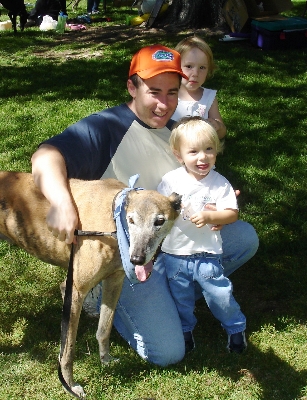
Good time to think about teeth
In February, we have to start preparing for Valentine’s Day (well, at least some of us do); college basketball season is in full swing as teams jockey for position for March Madness; and sometimes it’s a leap year (though not this year). In case you didn’t know, February is also Children’s Dental Health Month.
More to the point, February also has been named Pet Dental Health Month — a time when we veterinarians try to raise awareness about oral health and dental care for animals. Of course, we try to have this important discussion all year, but this month is a good reminder to focus everyone’s attention.
As veterinary medicine has evolved and become more sophisticated, so has our focus on preventive care. I have to admit that we veterinarians sadly ignored dental disease for many years, probably figuring that plaque and tartar were part of a normal aging process and that teeth probably would fall out. We would never put up with that in our own mouths, though, so why didn’t we address this in our pets? Horse owners have known for years about the importance of healthy teeth — and now we know better for cats and dogs too. In fact, we now have an American College of Veterinary Dentistry, with board-certified veterinary dentists who specialize in dental care and oral surgery.
“Doggie breath” is not just a fact of life. Bad breath says we have neglected to pay attention to what’s inside: tartar buildup (the brown or black stuff on teeth, especially near the gum line), plaque (the sticky stuff you can’t always see), broken teeth or damaged enamel, gingivitis, and many other things.
It’s no different than what your dentist tells you about your own teeth. Food, saliva, and bacteria in the mouth, and to some degree genetics, all play a role in dental disease. If left unchecked, poor oral health can lead to problems all over the body. We can’t go into all the diseases here that can result from bad teeth, but consider the pain from loose or infected teeth, and problems eating. Or bacteria in the mouth that leads to diseased gums, then gets into the bloodstream and settles in the heart, kidneys, liver — wherever blood flows.
At some point, when problems get bad enough, your pet may need a full oral exam and dental cleaning. This can be done only under anesthesia, as animals will not hold still with their mouths open while we poke and prod around. While they are “under,” we do a complete oral exam, clean the teeth and gums, and then decide if we need to work on any diseased teeth or periodontal problems, or in some cases pull a bad tooth. This can only be done by veterinary staff who are qualified to administer anesthesia and address oral health issues at the same time.
Naturally, we prefer to prevent problems before they arise. Talk with your veterinarian about brushing your pets’ teeth, proper treats and chew toys, possible dietary adjustments, and any topical gels or oral rinses that might be used. There are lots of good products out there, but many more worthless ones that have never been shown to prevent or treat oral disease.
We cannot prevent dental disease in every pet, but we can try to keep all pets’ mouths as healthy as possible. Learn to recognize and address problems sooner, and then aggressively treat oral disease before it becomes life-threatening or causes suffering. Make an appointment with your vet during the month of February to address “doggie” breath (or killer cat breath) and start working toward a healthy mouth.
Daniel Levenson operates the Southwest Veterinary Medical Center at the south end of Corrales Road. Visit his website at mysouthwestvet.com.
